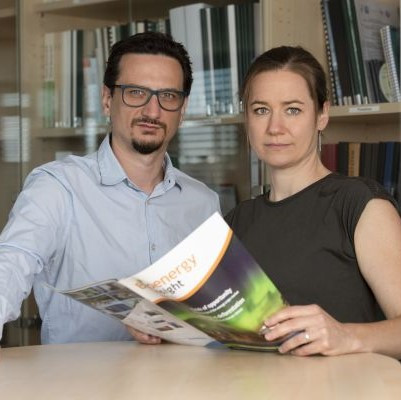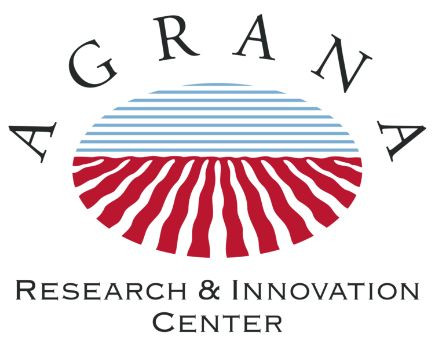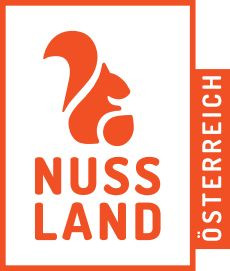Alps4GreenC: Implementation pathways for sustainable Green Carbon production in the Alpine Region

The Alps4GreenC project, funded by INTERREG Alpine Space, aims at setting-the-scene for transnational utilization of biomass residues in the Alpine region, with a focus on Northern Italy, Austria and Slovenia. The project pilots and demonstrates biomass conversion opportunities and transnational biochar value chains. For this the Alps4GreenC consortium :
- Mapping of stakeholders & resources,
- Crowdsourcing campaign to collect biomass residues and raise awareness
- Testing and piloting of biochar production
- Context & Gap analysis for green carbon supply
BEST is responsible for testing and piloting of biochar production. In total 10 biomass residues are valorised via pyrolysis or gasification into biochar. The crowdsourcing campaign also collected 4 Austrian residues. The participants in the crowdsourcing campaign have different motivations, interests, potential fields of application, possible business models or even advantages in valorizing their biomass residues in biochar:
According to Nussland GmbH a walnut is highly valuable and we should make value of all its parts. Because only 1/3 of the walnut is edible, Nussland is also interested in valorizing the other 2/3 - the walnut shells - into biochar.
AGRANA - Research & Innovation Center GmbH values biochar for enhancing the worth of by-products through upcycling residual materials (e.g. wheat bran), aligning with their climate strategy. Biochar's diverse applications, spanning soil enrichment to technical uses like activated carbon, plastic fillers, and cement derivatives, make it a compelling choice.
Brantner green solution - as a waste management company - prioritizes the circular economy, transforming today's waste into tomorrow's resource and welcomes biochar for its pivotal role in the circular economy, turning waste into a valuable resource. Therefore, Brantner green solution participated the crowdsourcing campaign to have their compost screenings turned into biochar.
For the organic farmer Mr. Brader, biochar is highly interesting, as it addresses challenges in waste management, such as seasonal fluctuations and storage space requirements. His interest in valorization of spelt husks into biochar is based on its potential benefits for soil.
The Alps4GreenC project team greatly appreciates the commitment and support from Nussland GmbH, AGRANA Research & Innovation Center GmbH and Brantner green solutions and expressively thanks Mr. Brader for generously providing his biomass residue. The contribution of the residue provider is pivotal to the project's success.
Ansprechperson

Irene SEDLMAYER
irene.sedlmayer@best-research.eu
Area Management

Elisabeth Wopienka / Manuel Schwabl
elisabeth.wopienka@best-research.eu manuel.schwabl@best-research.eu

.jpg)


